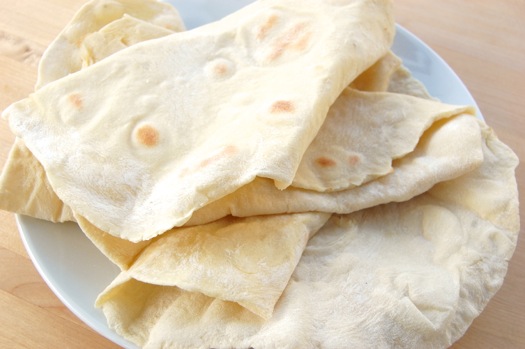Kugelhopf Recipe
I’ll be starting with Gaston Lenôtres famous Kugelhopf recipe, though I’m not ruling out that I’ll change it a bit, since one or two very interesting ideas came in from reader Regine last week and I intend to explore them. For now here’s the starting point.
1 1/2 ounces (3 tablespoons) rum
3.5 ounces (1/2 cup) sugar
3.25 ounces (1/3 cup plus 1 tablespoon) water
4.5 ounces (generous 1/2 cup) raisins
3.5 ounces (1 cup) slivered almonds
14-16 ounces brioche dough, chilled and ready
egg wash
powdered sugar for dusting
melted butter for the top of the cake
orange flower water, or a few drops of the extract of your choice




